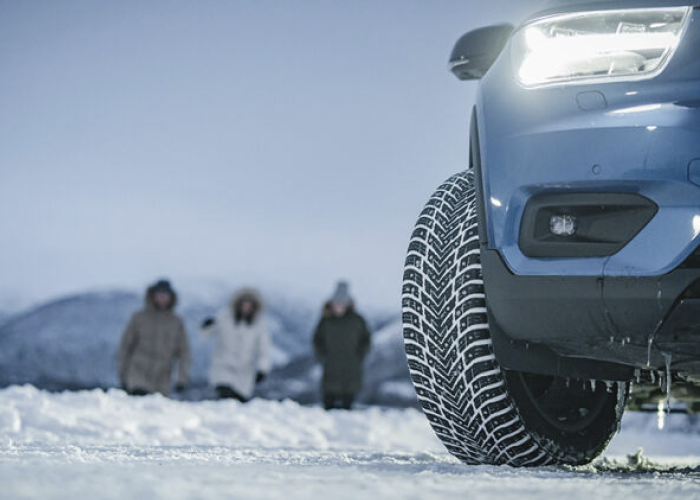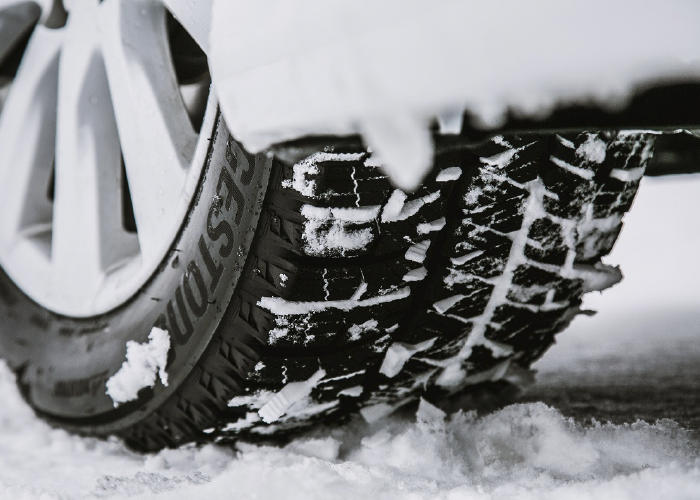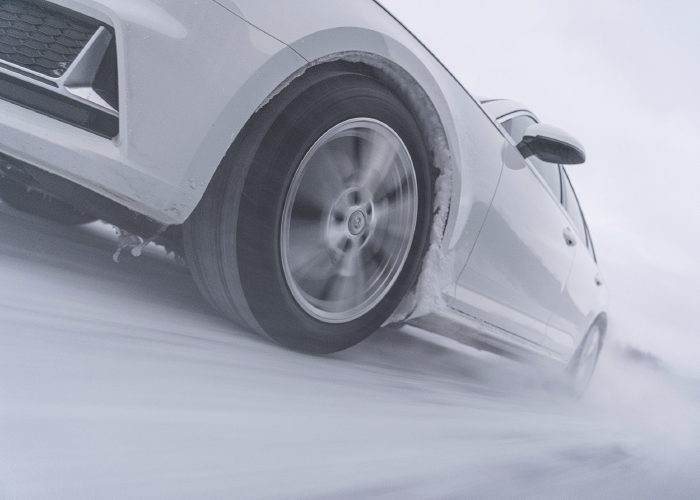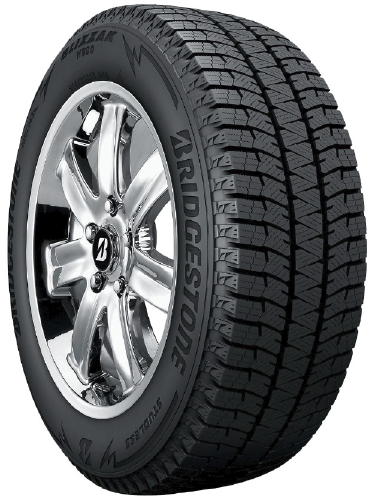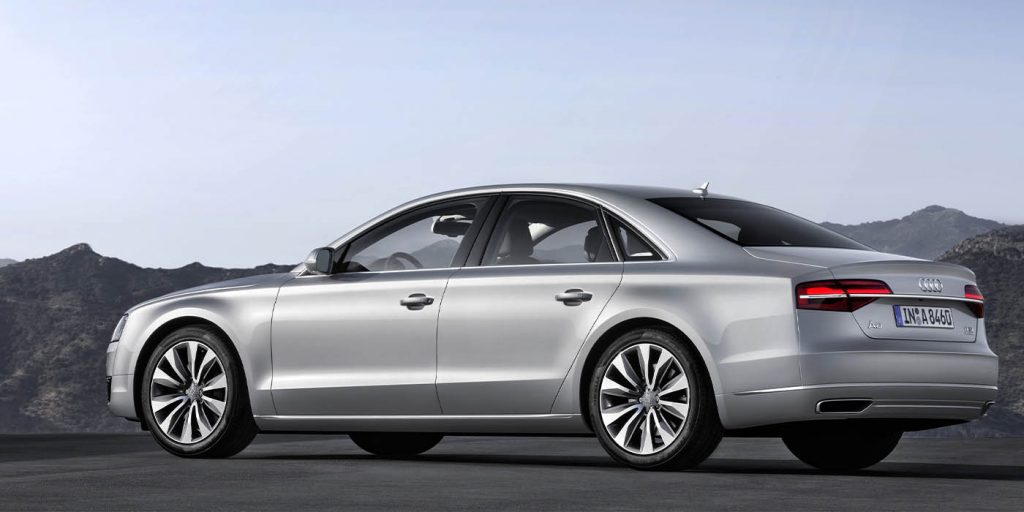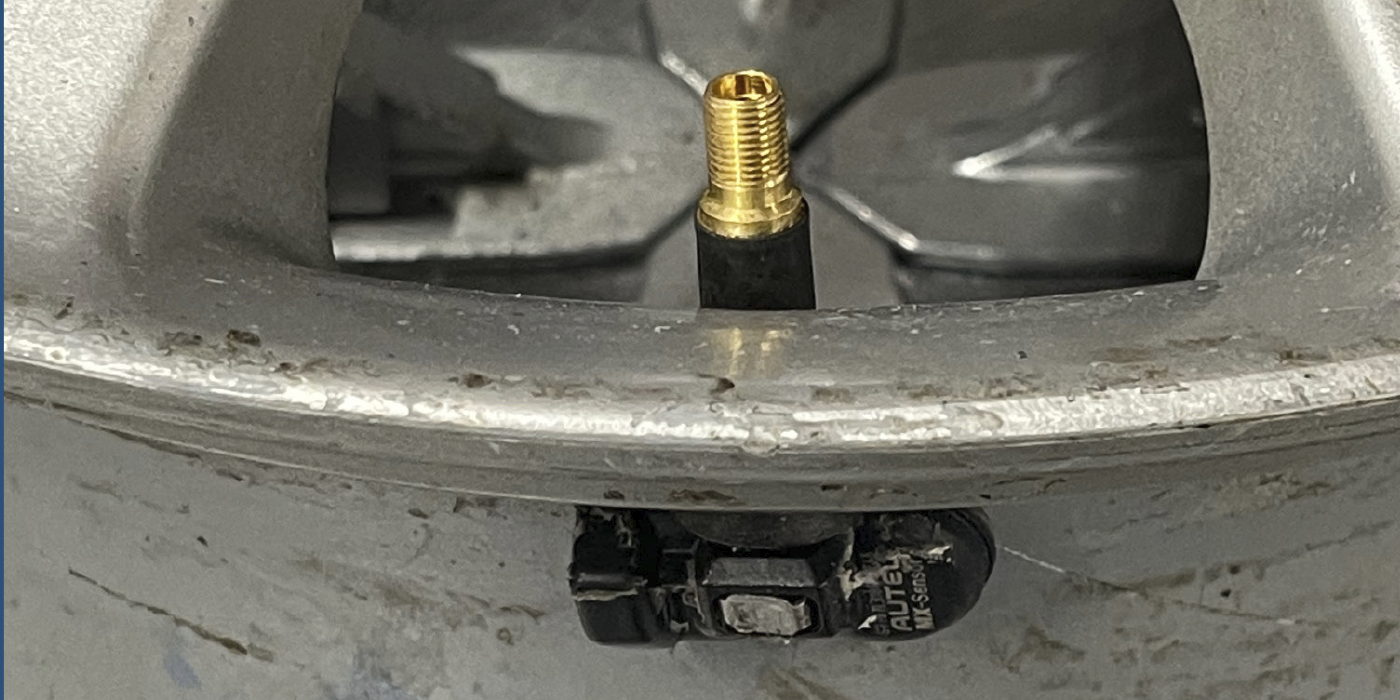It was a frigid February morning in Chicago last year. The kind of cold that creeps into the depths of your lungs, making it difficult and even a little painful to breathe. The kind of cold that literally takes your breath away. The snow was falling as I stepped into my car and took off across The Chicago Skyway with the city lights in my rear view. It was around Gary, Indiana, that the lake effect snow engulfed Interstate 90 and made it impossible to see the road more than about 15 feet ahead as I made an unwise attempt to pass a massive snowplow in the right lane. And, it was this moment that I understood the difference between an all-season tire and a true winter tire. My life as a “tire guy” would never be the same again.
Because I grew up 15 miles south of the birthplace of the tire industry in Akron, OH, working in our industry was more like a calling. I’ve always been proud of that and felt like I had a pretty good grasp on my tire knowledge. But for the first 33 years of my life, I ran all-season tires year-round and never saw a need to run a set of winter tires. And, it was that thinking that became truly problematic for me as my traction control kicked in just in time to point my left front fender directly toward the rumbling 11R24.5 of that colossal snowplow on I-90 that February morning.
The point? I really thought I knew it all. But, boy, was I wrong. Winter tires aren’t just a luxury, especially for those of us in Northern states who experience real snow during the winter months.
The Winter Tire Opportunity
A wise (and very successful) tire guy once told me “The difference between remarkability and mediocrity is inches, not miles.” And that quote always stuck with me. If there’s one thing I’ve learned from the past 12 years of working with independent tire dealers across the country, it’s that most of them have a healthy obsession with incremental improvement. Whether it’s taking care of their customers better to boosting their car count by another half a vehicle per day on average. What strikes me is that for the average independent tire dealer in most of the Northern states, there’s a magnificent incremental opportunity to grow their business, and it comes in the shape of a round and black, heavily-siped and studdable marvel of tire compounding that we know as the winter tire.
Simply put: If you’re in a market where temperatures dip below about 40 degrees Fahrenheit during the winter months, you could do much worse than to start thinking about how putting an increased emphasis on selling winter tires to your customers could have a profoundly positive impact on both your customers’ peace of mind and also to your business’ bottom line.
Recently, I had an opportunity to discuss the winter tire category with Will Robbins, director of consumer product strategy for Bridgestone. He said that, in a survey conducted by Bridgestone, more than half of drivers who live in regions that frequently experience winter weather said they have lost control of their vehicle due to snow and ice.
“Yet less than one-third equip their vehicles with winter tires, which are designed to provide better traction, braking and handling not only on snow, ice and slush, but also in colder temperatures,” said Robbins.
After all, there’s a reason we call them winter tires and not snow tires. Clearly, there seems to be a gap between what tire consumers know and what they do.
Therein lies the opportunity for leading tire retailers like you. Today’s winter tire category features cutting-edge tire technology aimed squarely at maximizing traction and maintaining pliability, even in cold temperatures.
Specifically, Robbins said Bridgestone’s Blizzak DM-V2 and WS90 tires “are engineered with Bridgestone’s patented next-generation, multi-cell tread compound featuring water-loving properties that attract water and draw it away from the surface, leading to improved grip and stopping distances.” And, when your customer is driving her SUV in winter conditions at highway speeds with two young kids in car seats in the back and takes an off ramp at 50 mph, traction and stopping are non-negotiables.
Whereas all-season tires inherently represent a compromise in all seasons, winter tires offer the traction, stopping ability, and now even the fuel economy that your customers increasingly demand. I recently spoke with Steve Bourassa, Nokian Tyres’ director of products, about the company’s latest winter tire technology, and he said some dealers might be surprised by the low levels of rolling resistance that can be reached with winter products.
“It can seem counterintuitive that a softer rubber compound could deliver extremely low rolling resistance, but our development efforts have led to a winter tire line that is an ideal fit for electric and hybrid vehicles and drivers who care about maximizing fuel efficiency and lowering their environmental footprints,“ he said.
He also pointed to Nokian’s latest winter tire technology, the Hakkapeliitta 10, launched this past winter. “The new product debuts a high-tech studding solution that maximizes grip and traction through our Double Stud Technology, while cutting down on road noise. We’ve rotated the studs 180 degrees to increase contact with the road,” Bourassa said. “Finally, we’ve introduced a winter tire dedicated to electric vehicles, the Hakkapeliitta 10 EV. This specialized tire meets the unique demands of electric vehicles, including the need to handle added weight, dramatically reduce road noise and extend vehicle range.”
That’s important, too, because according to The Pew Research Center, 7% of U.S. drivers reported already owning an electric vehicle, with a full 39% more saying that they are very or somewhat likely to seriously consider buying an electric vehicle the next time they’re in the market.
Now Is the Time
We sell tires and other automotive services, yes. But, ultimately, we are here to keep Americans on the road and out of harm’s way. In your ever-evolving pursuit of incremental improvement to your business, I hope you’ll consider putting an extra emphasis on selling winter tires to your existing customers this winter season. Winter tires are good for your customers and also good for your bottom line.
Luckily for me, I learned from that experience on I-90 just east of Chicago this past February in frigid temperatures and lake effect snow. This year, I wasted no time having my set of brand-new winter tires installed a few weeks before Thanksgiving. It wasn’t too late for me and it’s not too late for your customers either. After all, and in the sage words of another leading winter tire manufacturer: “Because so much is riding on your tires.”


